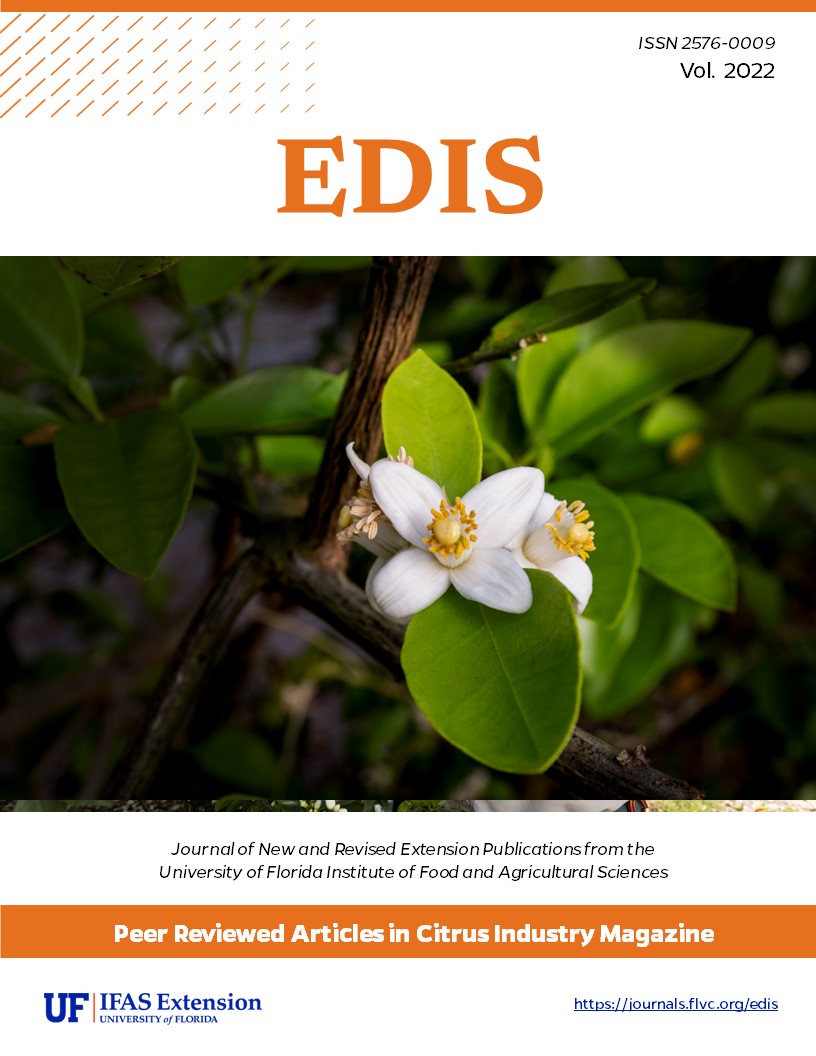Abstract
Along with influencing what pests you might be spraying for, weather affects the worker and environmental safety risks that pesticide applicators should consider before starting the day. Heat, wind, rain, and humidity are all important factors in determining the safety of a pesticide application. In this article we’ll go over some of the invisible forces at work that determine the weather, how temperature inversions can cause pesticide drift with calm winds, the dangers of heat stress, and the effect of rain on pesticide movement.
References
“Applying Pesticides Correctly, 7th Edition” by F. Fishel (http://ifasbooks.ifas.ufl.edu/p-104-applying-pesticides-correctly-a-guide-for-pesticide-applicators-core.aspx),
“Managing Pesticide Drift” by F. Fishel and J. Ferrell (https://edis.ifas.ufl.edu/publication/PI232),
“Florida Sea Breeze Thunderstorm Climatology” from the National Weather Service Tampa Bay Area Office (https://www.weather.gov/tbw/Thunderstorm_Climatology),
“Air Temperature Inversions Causes, Characteristics and Potential Effects on Pesticide Spray Drift” by Thonstenson et al. (https://www.ag.ndsu.edu/publications/crops/air-temperature-inversions-causes-characteristics-and-potential-effects-on-pesticide-spray-drift)

